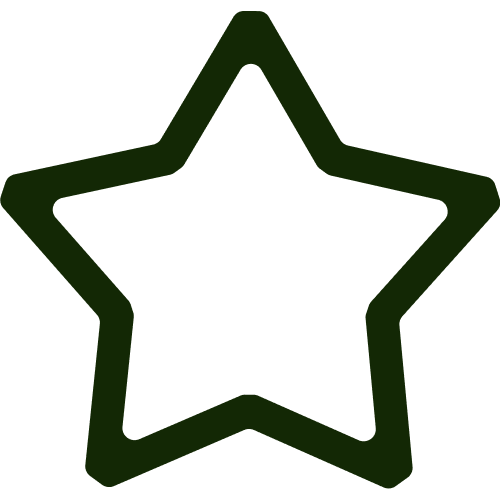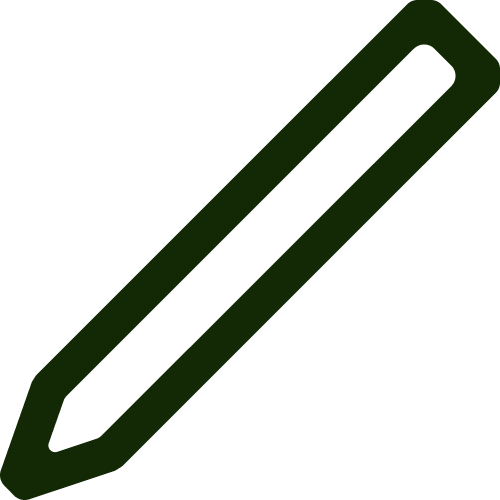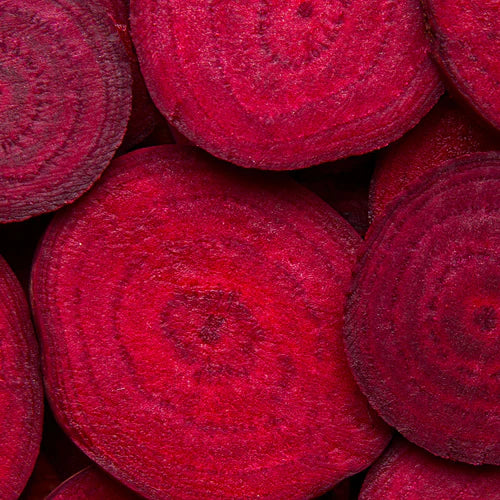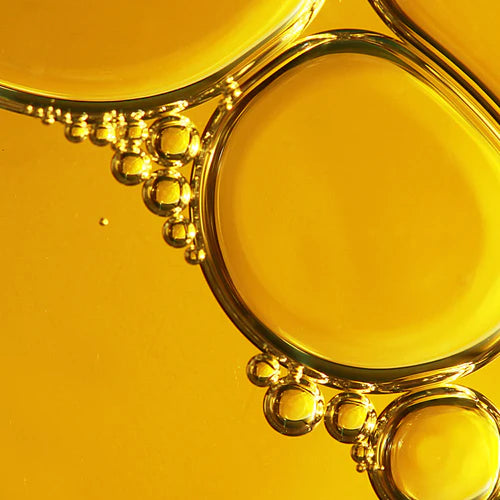The phrase “clean” is tossed around a lot these days. Many beauty, food and wellness brands claim to be “clean” without explaining what it means and how they live up to that definition.
Despite its inexact and unregulated nature, ‘clean beauty’ is one of the first things people look for today when making a purchase. Avoiding the term means ignoring or alienating the many people who would benefit from switching to our ethical, effective products. When undefined, ‘clean beauty’ can be just another marketing term, but when thoughtfully and transparently articulated, we believe it can empower people to shop in line with their values. To achieve our mission of shaping a more beautiful future, Ethique wants to share what clean means to us, and how we measure up:
-
Avoidance/absence of certain ingredients:
- No harsh surfactants (SLE/SLES/ALES), parabens, phthalates, and silicones (and a whole host of other banned ingredients*)
- Plastic-free packaging and products (including microplastics and co-polymers)
-
Inclusion of 'good' ingredients:
- Powered by safe, natural ingredients
- Abiding by strictest regulatory standards (those of the EU) and third-party verified (CE Way)
- Certified cruelty-free and certified vegan ingredients
-
Ingredient transparency
- Frank about what’s in, what’s out, and where we are on our journey
We’re proud that we live up to these standards, and we’re continually challenging ourselves to improve our formulations to protect people and planet without compromising effectiveness.
*We do not use any of the near 2,000 ingredients that are banned in the EU, as well as a full detailed list that we do not want to add to our products. This list is continually growing, but some key ingredients you may be looking to avoid (and which we not do use) are below:
Acrlamides, Acrylates, Aluminium Salts and Starches, Animal Products or Derivatives, Benzophenones (and derivatives) + Related Compounds, Cyclomethicone, Dimethicone, Ethanolamine Compounds (ETA, MEA, DEA, TEA etc), Ethoxylates, FD&C Dyes and Synthetic Dyes, Formaldehydes and Formaldehyde-releasing Agents, Mineral Oil, Nanoparticles, Palm Oil and Derivatives, Parabens, PEGs & PPGs, Petrochemicals/Petroleum/Parrafin and Derivatives, PFAS Compounds, Phthalates, Propylene Glycol, Silicones, SLS/SLES/ALES, Synthetic Colours, Talc, 1,4 Dioxane

 Impact
Impact Blog
Blog Store Locator
Store Locator


